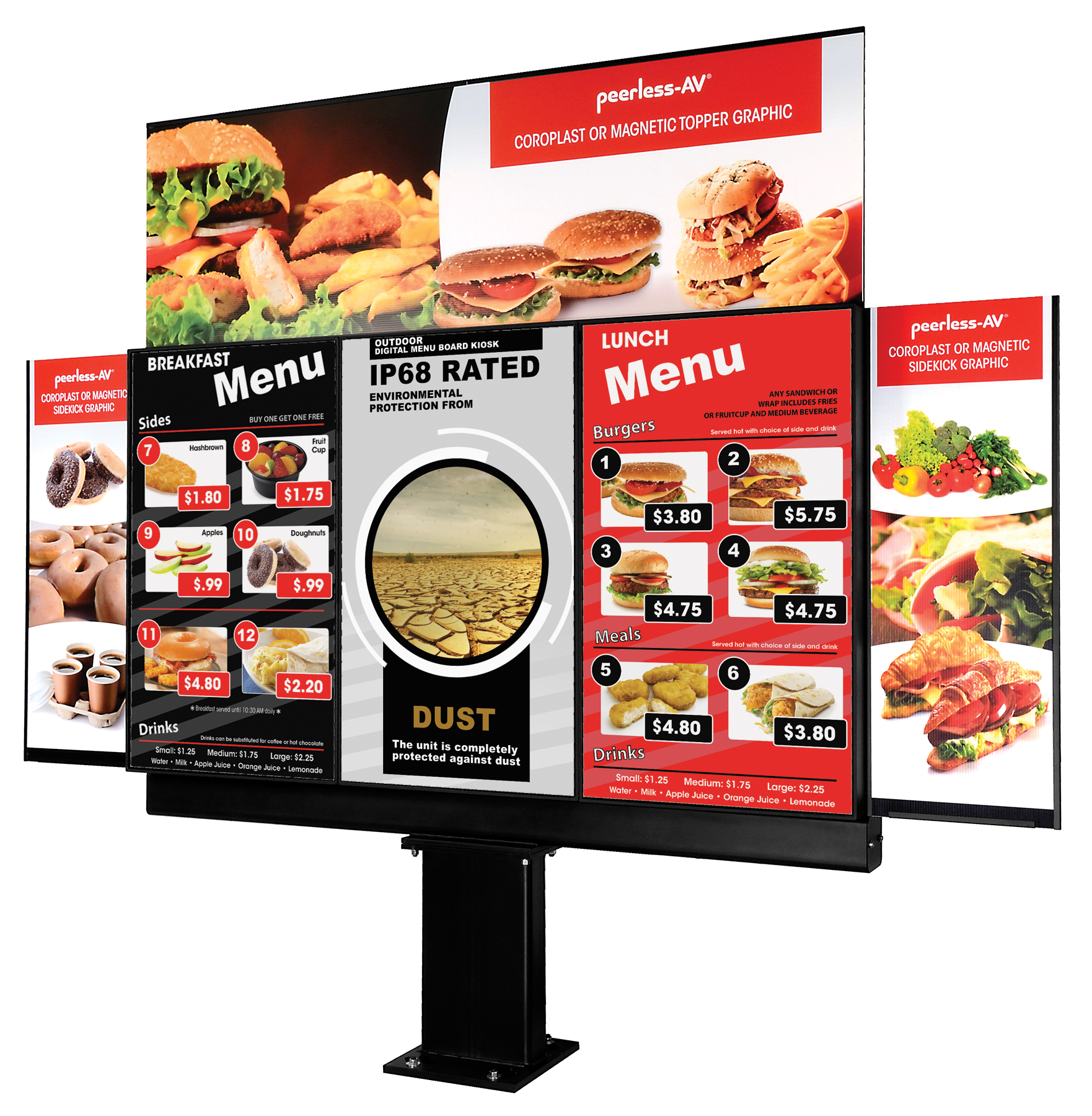
We’re frequently asked – is digital signage eco-friendly? In honor of Earth Day, we decided to take a look at some of the contributing factors as to what makes our favorite digital signage “greener” and environmentally friendly.
Before installation, there are a variety of considerations and tips to help lessen your carbon footprint. Here are some topics to consider before your next project:
Paper vs. Digital
While it may seem that printed advertisements are more environmentally conscious because they are created from paper and that can be recycled, there are additional elements to keep in mind.
Any printed material will eventually need to be updated, therefore needing more paper, and creating more waste. For example, if you’re a quick-service restaurant and you need to update your menu board for monthly, weekly, or daily specials, you’re going to be reprinting materials quite frequently. Printed materials use inks and chemicals, and each time the materials are updated and thrown away, the toxins from the old signage can be spread in landfills. A digital display board, although relying on energy for power, can easily change and update information on the display.

Eco-Friendly Faceoff: LCD vs. LED
We’ve had many discussions about the use of LED versus LCD, but when it comes to energy consumption, LED screens use less electricity and typically have a longer lifespan than LCD. Energy consumption really depends on the size of the display, but technology advancements have helped to make each screen more efficient.

Quality Design and Build = Less Waste
This is as simple as it sounds – if you create a well-built, durable product, it will last much longer. Make sure your display can withstand the elements – if it’s exposed to extreme cold or heat, make sure that its system can withstand those measures. If your display is constantly getting water damage or overheating, you’ll be incurring a lot more waste than if you used a durable product to start.
It’s also important to be aware of how your product is being made. Are the products compliant with RoHs’ standards on led-free materials? At Peerless-AV, our dye-casting department reuses casting each day, the water used during manufacturing is recycled through a closed water loop system, and any damaged or unusable parts are properly separated and recycled.

So before your next installation, make sure you keep in mind these considerations for an eco-friendly project.
From everyone at Peerless-AV, wishing you a Happy Earth day!